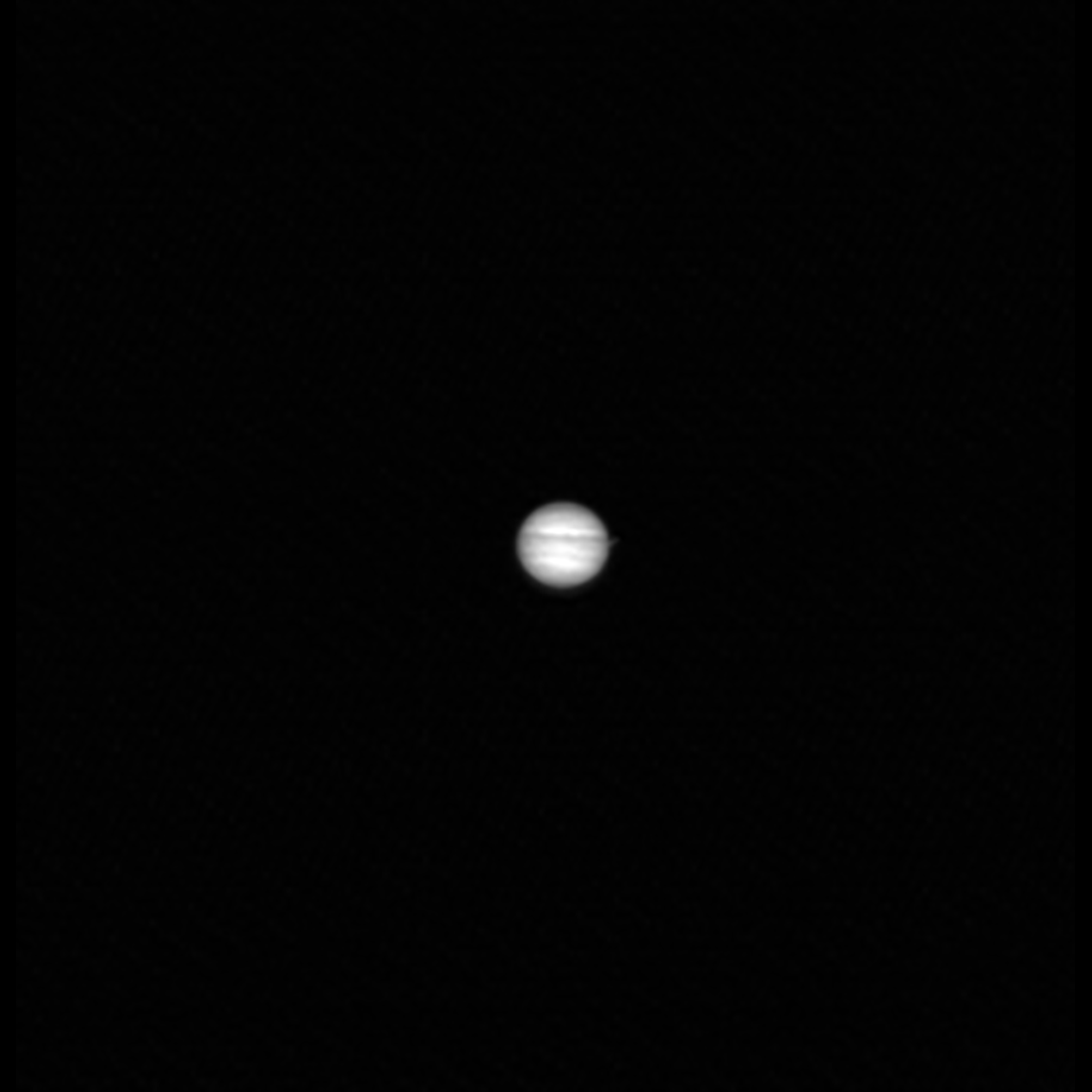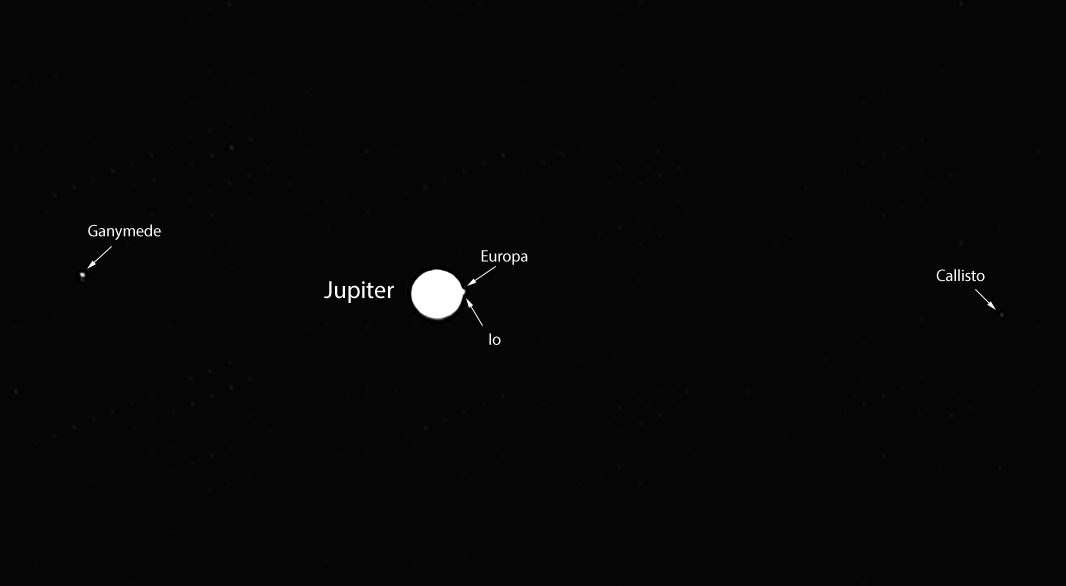
From less than 100 km above the surface of the Moon, the Lunar Reconnaissance Orbiter Camera routinely captures the stunning details of the lunar surface, with each pixel covering less than a meter of the surface. From a distance of around 600 million km, LROC has reduced the mighty Jupiter to just about 24 pixels, with each pixel covering around 6000 km. But although this new image of Jupiter, captured on 20 August 2021, might be lacking in resolution, it is fun to take a look around our Solar System every once in a while from our perch in lunar orbit.

LROC last saw Jupiter during its conjunction with Saturn in 2020. We've also taken a couple of looks at Mars, and seen some stunning views of the Earth. Why do we collect these images of other planets? The LROC team loves exploring the planets and we love taking pictures! And this image was truly a labor of love. Because the Lunar Reconnaissance Orbiter spacecraft is aging (LRO launched over 12 years ago), it now only uses its two star trackers to keep tabs on where it is pointed, rather than its inertial measurement unit, which adds complications to imaging anywhere but straight down at the lunar surface (we don't want the star trackers pointed at the Moon rather than the stars!). The spacecraft is also gracefully aging so the solar panels must be turned away from the Sun for as little time as possible. And then adding in other thermal and timing constraints, the operations team had to work hard to find just the right time to turn the spacecraft toward the outer Solar System and scan across Jupiter to get this image.
To get a closer view of the Jupiter system, check out the beautiful JunoCam images from NASA's Juno mission. And before too long, ESA's JUpiter ICy moons Explorer (JUICE) will be studying Ganymede, Callisto, and Europa, and NASA's Europa Clipper mission will be snapping pictures with the Europa Imaging System. But just like so many people around the world who like turning their telescopes toward the sky and seeing the stars and planets firsthand, the LROC team could not resist doing the same.
Related Featured Images
Two Planet Perspective from Lunar Orbit
Published by Brett Denevi on 14 September 2021